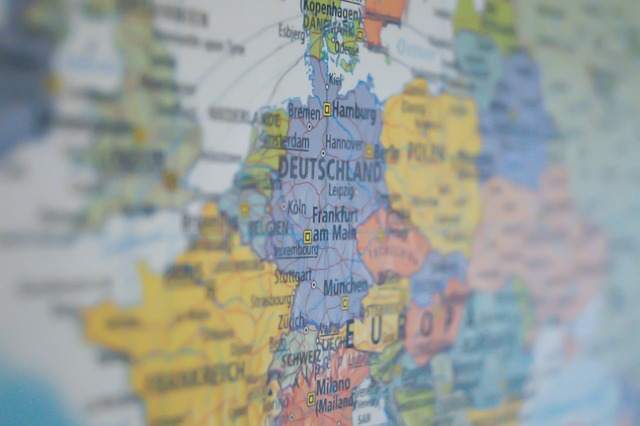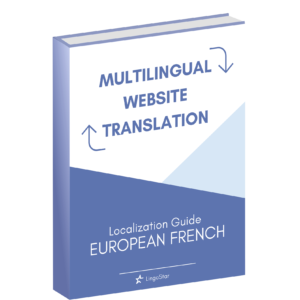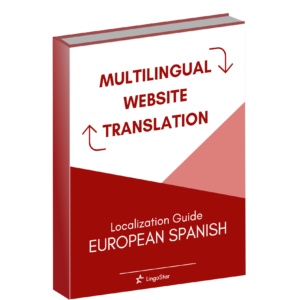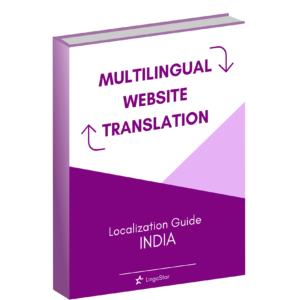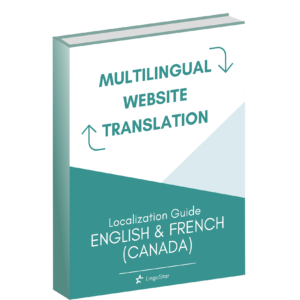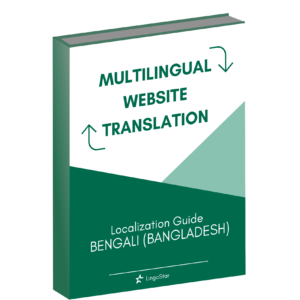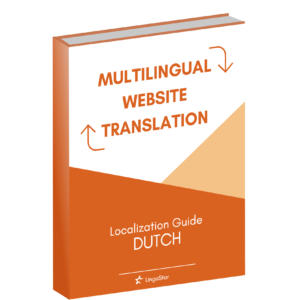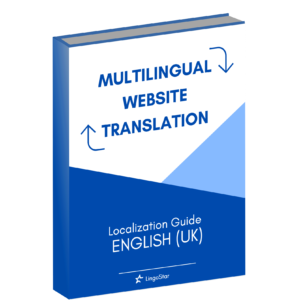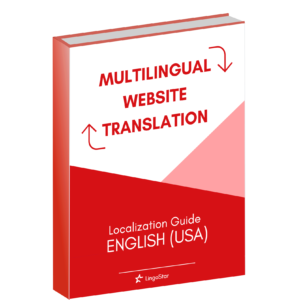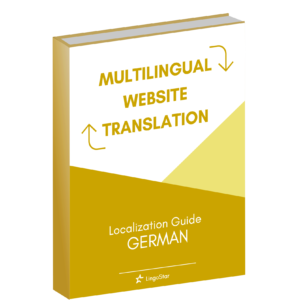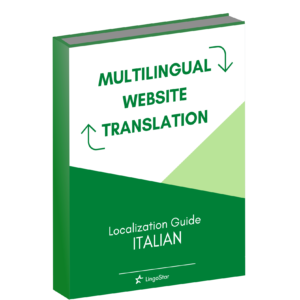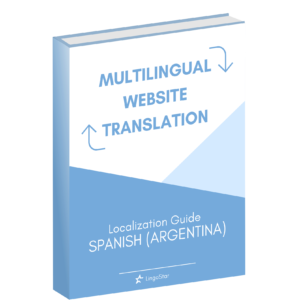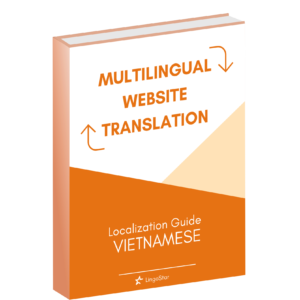German dialects influence everyday life
When people think of German dialects, they often picture a single, uniform way of speaking. In reality, however, Germany is linguistically rich and diverse. Countless dialects give each region of the country its own distinct sound, rhythm, and vocabulary.
From daily conversations to cultural traditions, German dialects influence almost every aspect of life. Whether you’re strolling through a Bavarian village, exploring Cologne, or enjoying the northern coastline, you’ll notice linguistic variations that reflect centuries of history, migration, and local pride.
Why are German dialects so diverse?
Germany is home to a remarkable variety of dialects. In fact, the differences can be so significant that someone from one region might struggle to fully understand a person from another. These differences aren’t just accents – they often involve unique vocabulary, grammar, and pronunciation that distinguish each region.
Traditionally, linguists divide German dialects into Low German and High German. High German is then further subdivided based on geography and historical sound shifts:
- Low German (Plattdeutsch): Spoken in northern Germany (Lower Saxony, Schleswig-Holstein and parts of Mecklenburg-Vorpommern), it features clear, open sounds and is closer to English and Dutch than Standard German. For example, the verb maken (“to make”) resembles the English more than the Standard German machen.
- High German: Spoken in the central and southern regions, High German is divided into Central German and Upper German.
- Central German: Found in Hesse, Thuringia, Saxony, and parts of the Rhineland, these dialects blend northern and southern traits. In Cologne, for example, people say Wat instead of Was (“what”), while in Hesse, certain word endings may be dropped altogether.
- Upper German: Spoken in southern regions (Bavaria, Baden-Württemberg, parts of Switzerland and Austria),it includes Swabian, Alemannic (Swiss German), and Bavarian-Austrian dialects. In Bavaria, for example, I mog di means Ich mag dich (“I like you”), and locals frequently switch between dialect and standard German.
Dialects serve as markers of regional identity: For instance,speaking Saxon in Dresden, Franconian in Nuremberg, or Plattdeutsch in Hamburg immediately signals where someone comes from.
From tribal tongues to modern dialects
German dialects can be traced back more than 1,500 years, to the time of the Bavarians, Saxons, Franks, Alemanni, and other Germanic tribes. Each group spoke its own ‘tribal tongue’, laying the foundation for the variety of dialects heard today.
As these tribes settled across different regions, the geography of these areas shaped the evolution of their languages. Mountains, rivers, and forests often isolated communities, enabling unique sounds and words to develop. For instance, northern speakers said maken, while southern speakers said machen—a distinction that is still evident in modern dialects.
Even as Standard German spread through printing and education, dialects remained central to daily life. Nowadays, many Germans are bilingual in Standard German and their local dialect, and switch between the two depending on the context.
Understanding regional identity through dialects
In Germany, dialect is more than just a way of speaking—it’s a sense of home. The way someone speaks reveals their roots, their perspective, and the community to which they belong. Speaking a dialect evokes a sense of pride and belonging that transcends words.
Consider Bavarian, for instance. It’s woven into local traditions, festivals, and everyday life. In Cologne, Kölsch reflects the city’s lively spirit, especially during Carnival. Every dialect has its own narrative, steeped in history and emotion, which connects speakers to their heritage.
Dialects also shape humour, music, and media. Songs, comedies, and TV shows often use dialect to connect with local audiences. In rural areas, dialect remains the main form of communication at home, in schools, and at community events.
Globalization is gradually changing this landscape. Younger urban generations tend to use Standard German more, but dialects remain vibrant. Many Germans view them as treasures to be preserved and celebrate—a reminder of the country’s cultural richness and regional diversity.
How German dialects influence daily life
Dialects influence marketing, products, and tourism. Many brands use local expressions to emphasize regional identity and forge an emotional connection with customers. For example, Bavaria’s tourism slogan Servus Bayern uses the friendly southern greeting Servus, while Saxony’s campaign So geht sächsisch (“That’s how we do it in Saxony”) proudly showcases local culture and humour.
Even companies have embraced dialect in branding. Bavarian beer brand Erdinger Weißbräu once used the phrase Des woas i! (“I know that!”) in ads—a cheerful Bavarian expression that resonates locally. In Cologne, bakeries and cafés may playfully use the Kölsch spelling, such as Isch bin’s dein Bäcker (“It’s me, your baker”). These small touches make products feel authentic and close to home.
Connecting through language
Whether you’re a business expanding into Germany or a language enthusiast exploring the local culture, understanding how dialects influence everyday communication can make all the difference. It’s not just about speaking German—it’s about speaking to people in a way that feels familiar and authentic.
At LingoStar, we believe that language is about more than words—it’s about connection. Our professional services help you tailor your message for every audience, including regional markets across Germany and beyond. We ensure your content resonates both linguistically and culturally.
Do you want to make your message go global? LingoStar can help! We offer a wide range of language services:
- Translation services
- Localization services (websites and subtitling)
- Voice-over translation and subtitling
- Interpretation services
Do you have a project in mind or want to learn more about our services?
Call us at 604-629-8420 or email us at info@lingo-star.com. Ask for a free translation quote—we’re here to help!
Are you looking to take your content global? Download our eBook! How to Expand your Online Business – A Beginner’s Guide to Multilingual Website Translation

Do you want to stay updated on the latest news from the translation industry? Follow us on social media (Instagram, Facebook, X, YouTube, and LinkedIn), explore our other blog posts, and don’t forget to subscribe to our newsletter to join our community!

